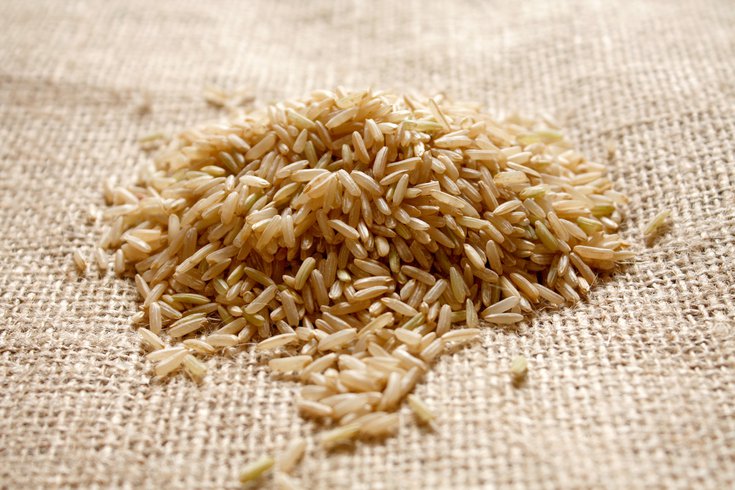
April 17, 2023
 Source/Image licensed from Ingram Image
Source/Image licensed from Ingram Image
Is brown rice or white rice healthier? Brown rice is a whole grain and contains more fiber, protein and fat. But white rice shouldn't be considered bad for the body, nutrition experts say.
White rice often gets a bad rap for not being as healthy as brown rice, but dietitians say both options offer important nutrients. But people need to be mindful to eat in moderation.
More than 3.5 billion people worldwide eat rice every day, according to the Cleveland Clinic. It is an important dish in many cultures. White rice is the more common option, in part because its neutral flavor goes well with other foods.
"Rice is a staple in diets all around the world and provides a rich source of carbohydrates which is the body's primary fuel," said Stefani Sassos, the deputy nutrition director of the Good Housekeeping Institute.
In the United States, white rice often is labeled as a "bad" food because it loses of some of its nutrients in the food manufacturing process. But some dietitians say that's not a fair assessment.
"Is it the best food for you? No," dietitian Beth Czerwony told the Cleveland Clinic. "But it's not going to hurt you."
Brown rice still contains all three parts that make up a whole grain: the germ, bran and endosperm. The bran is filled with fiber and provides the brown color to the rice.
White rice is stripped down to the endosperm so that it has a starchy texture and white color. In that process, it loses the nutrients found in the germ and the bran. Yet, food manufacturers enrich white rice with iron and B-vitamins like thiamin, riboflavin, niacin and folate.
According to the U.S. Department of Agriculture's Nutrient Database, here's how 1 cup of cooked long grain brown rice compares to 1 cup of cooked long grain white rice:
| Brown Rice | White Rice | |
| Calories | 248 | 205 |
| Total Fat | 1.96 grams | 0.442 grams |
| Protein | 5.54 grams | 4.25 grams |
| Total Carbs | 51.7 grams | 44.6 grams |
| Fiber | 3.23 grams | 0.632 grams |
| Sugar | 0.485 grams | 0.079 grams |
Because brown rice is a whole grain, it is higher in fiber, protein and fat. It tends to be more filling and helps support healthy digestion and weight management. Research suggests it may help reduce the risk of chronic diseases like heart disease and type 2 diabetes. It also can help keep blood sugars stable.
Critics of white rice often liken it to eating pure table sugar. Some research suggests it increases the risk of type 2 diabetes. But it can help people meet their nutritional requirements.
White rice is a source of iron, which is particularly important to women during their childbearing years. Like brown rice, it contains folic acid, which helps prevent neural tube defects before and during pregnancy. People who need to eat a low-fiber diet or have a sensitive stomachs also may prefer to keep white rice in their diets.
The latest dietary guidelines for Americans recommend 6 ounce-equivalents per day of grains, with at least half of that coming from whole grains and less than half coming come from refined grains, like white rice. If a person's only source of daily grains was rice, she would need to eat 3 cups, with at least 1.5 cups being filled with brown rice.
Dietitian Toby Amidor, author of "The Greek Yogurt Kitchen: More Than 130 Delicious, Healthy Recipes for Every Meal of the Day," notes that people do not have to eat only whole grains to be healthy. White rice can fit into a healthy eating plan as long as people still meet the daily recommendation for whole grains.
Yet, most Americans aren't getting the recommended amount of whole grains in their daily diets. Besides brown rice, other whole grain options include quinoa, barley and ancient grains. Nutritionists advise people to make sure that everything they eat helps meet their nutritional requirements. It helps to get creative with choosing recipes and planning out meals.
Tess Nguyen, a professional chef, registered dietitian and founder of Taste Nutrition Consulting, told Prevention that brown rice and white rice can be used interchangeably in many recipes. Just keep in mind that brown rice takes a little longer to cook and that the texture is different. White rice is soft and fluffy while brown rice has a chewier texture.